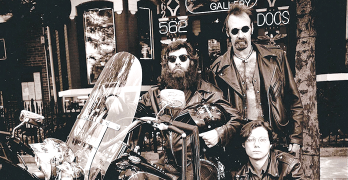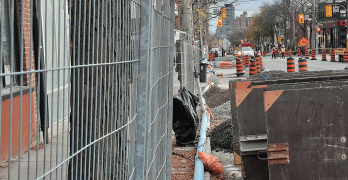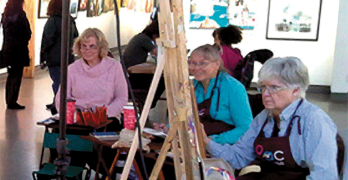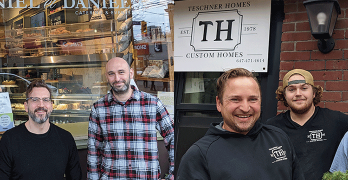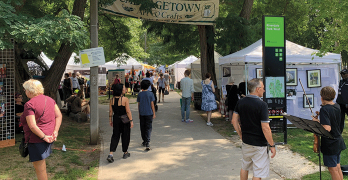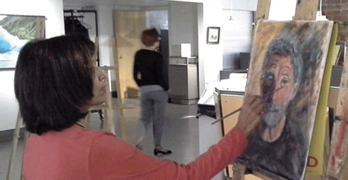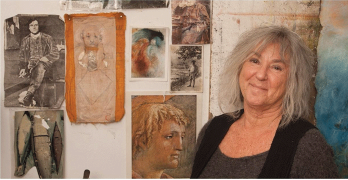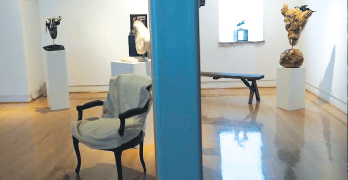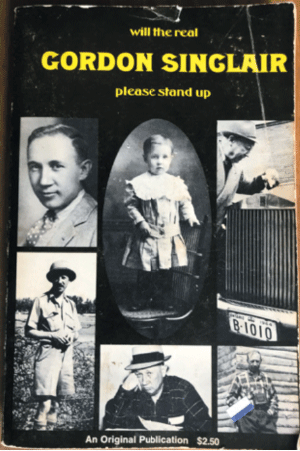 Maybe it’s because I’m the son of a man born in 1906, shortly after Queen Victoria died. Dad was sired out of a mixed marriage between a Scot from Inverness and an Anglo from Kent. There’s something about this time in history inspires a sense of wonder when I walk the streets of Cabbagetown. It began the day I arrived in 1970. It continues to this day. The neighbourhood stirs my imagination. I can’t help but think men not much older than my Dad built these houses and bred horses in the stables that are now coach houses.
Maybe it’s because I’m the son of a man born in 1906, shortly after Queen Victoria died. Dad was sired out of a mixed marriage between a Scot from Inverness and an Anglo from Kent. There’s something about this time in history inspires a sense of wonder when I walk the streets of Cabbagetown. It began the day I arrived in 1970. It continues to this day. The neighbourhood stirs my imagination. I can’t help but think men not much older than my Dad built these houses and bred horses in the stables that are now coach houses.
When I crossed Parliament Street that cold December day, the houses were showing their age. They housed large working class families of humble means. There was much street life and it was loud and colourful, a lot of it taking place in front of the corner convenience stores that served many intersections. We all walked to these family-run merchants to buy our cigarettes and Greenwood Racetrack betting sheets. Walking south on Sackville Street, empty taxis would be parked, as the drivers on the night shift slept, many of them in the now demolished apartment building south of Salisbury. Pigeon coops in old garages were still a thing. Talk about smell.
Ghosts of families past were everywhere, in every house, on every street. They were so mysterious, that is until I walked into a used book store in Coldwater, Ontario and discovered two books written by local authors who lived here and observed those early years, and thankfully described them with great clarity. I speak of the well known journalist/author/broadcaster Gordon Sinclair and the prolific Governor General’s Award winning novelist Hugh Gar-ner.
On an impulse, I bought the books and spent many hours reading first hand accounts of street life in old Toronto.
First up was the 1966 autobiography “Will the real Gordon Sinclair Please Stand Up”. Sinclair devoted his journalistic life to sharing his observations with readers from across Canada. His prose transported me back to the dank and dirty streets of old Cabbagetown and Riverdale. It began with his birth in a house on Carlton Street in 1900. The smells and sounds of the area came to life as he described his youth, watching his parent’s work to eke out a living. Few neighbours of the Sinclair family were well off. They lived on hope and hard work. Growing up in a house with no plumbing or electricity, Sinclair did recall the roar of the lions and the howling of the wolves caged in the Zoo across the street. This old Zoo provided the soundtrack for the residents of the day, the sound reaching as far as Amelia Street.
After Sinclair’s romp through the first half of the century, I then picked up the novel, Cabbagetown by Hugh Garner. Set on familiar streets, the story began before the Great Depression and continued into the 1970’s. The communities he describes more closely resembles the streets and people I encountered when I arrived. I saw a working-class hotbed of multiculturalism, mixed with opportunities to indulge in a variety of sins, most of which were not readily visible but certainly accessible when needed. The old houses in Garner’s books did have plumbing and electricity, but post-war prosperity was still years from reaching the protagonists of his novels. Much was made of his encounters with the cops from 51 Division, the restaurant owners newly arrived from countries no one had ever heard of, and the characters who managed the many squalid rooming houses.
Forget the history text books sitting on shelves in school libraries. These are the books that tell the real story.


